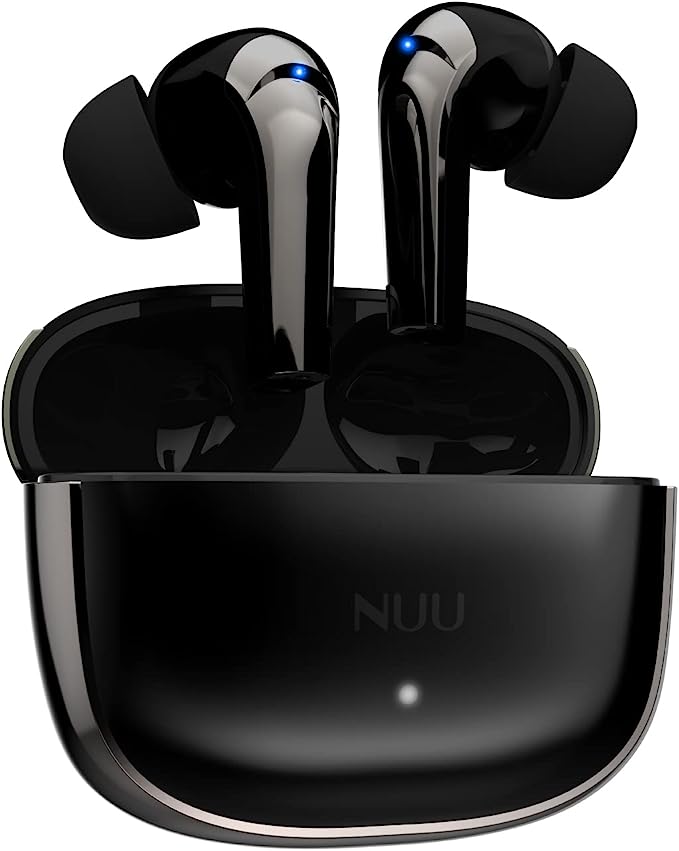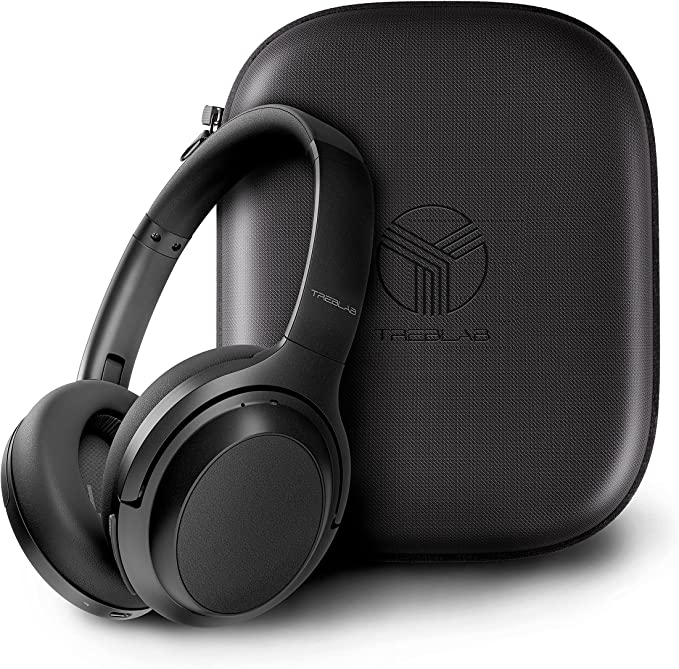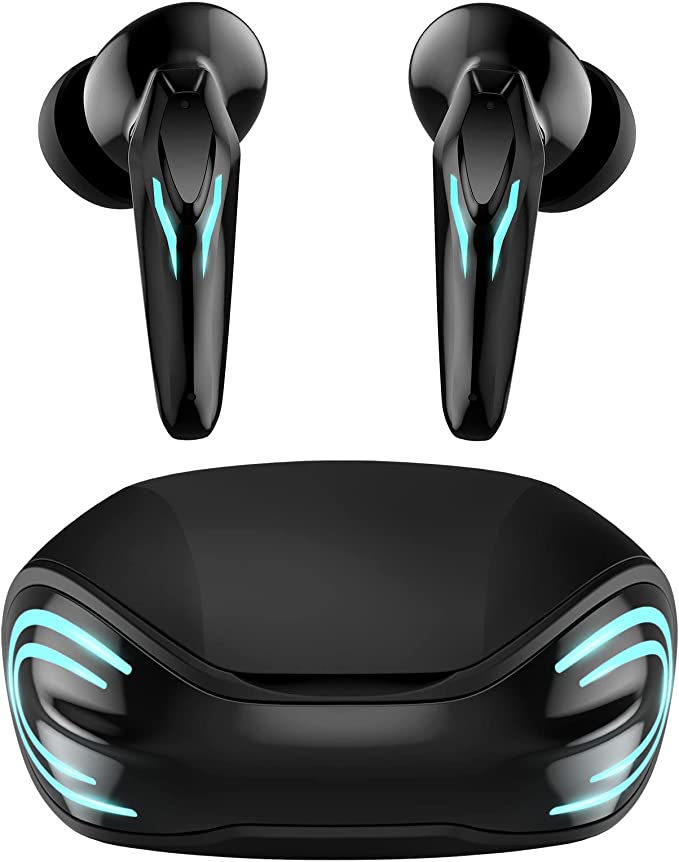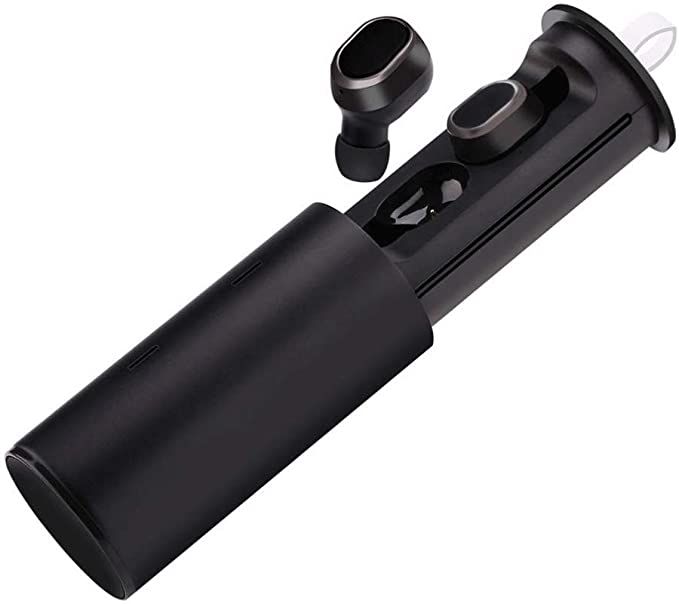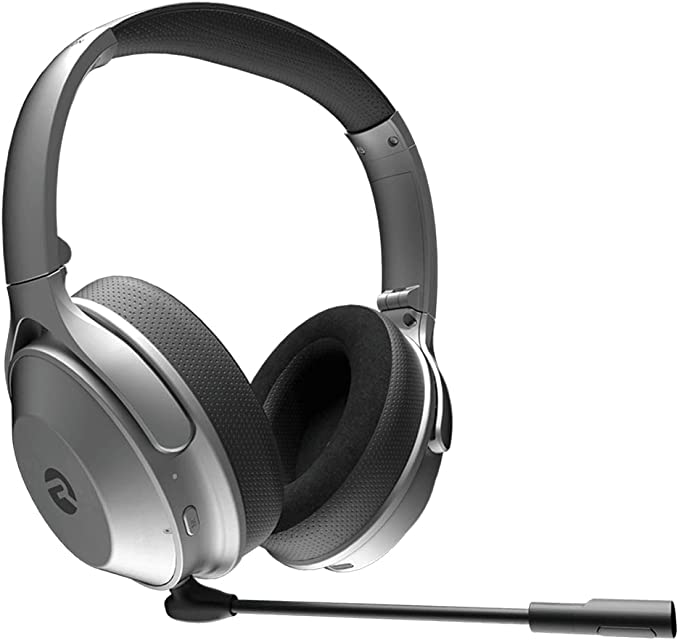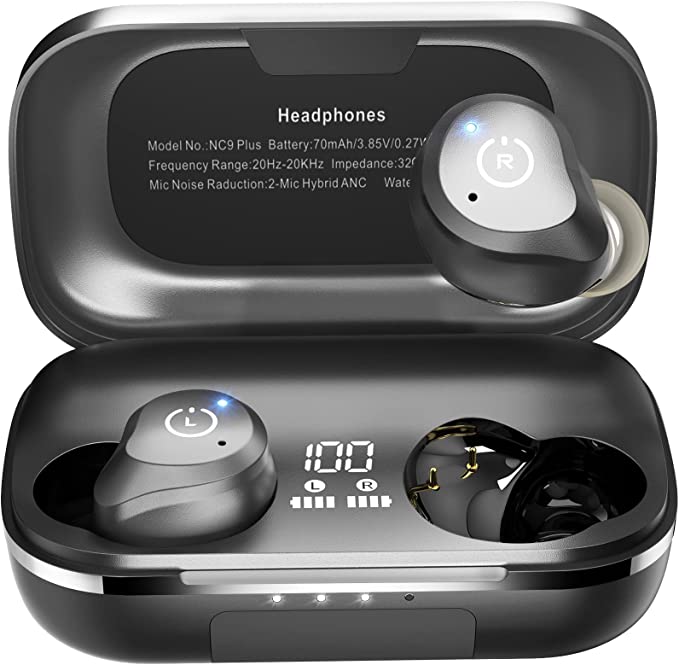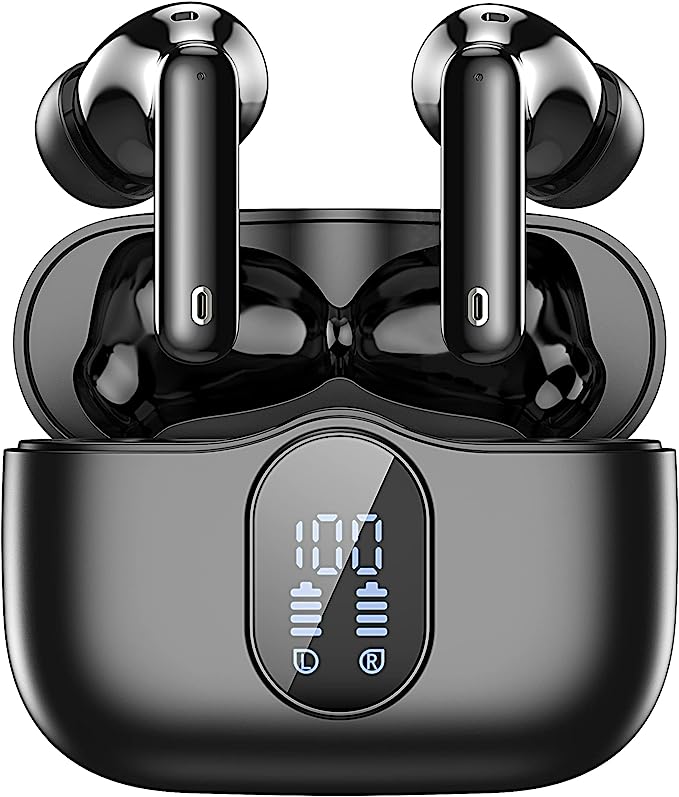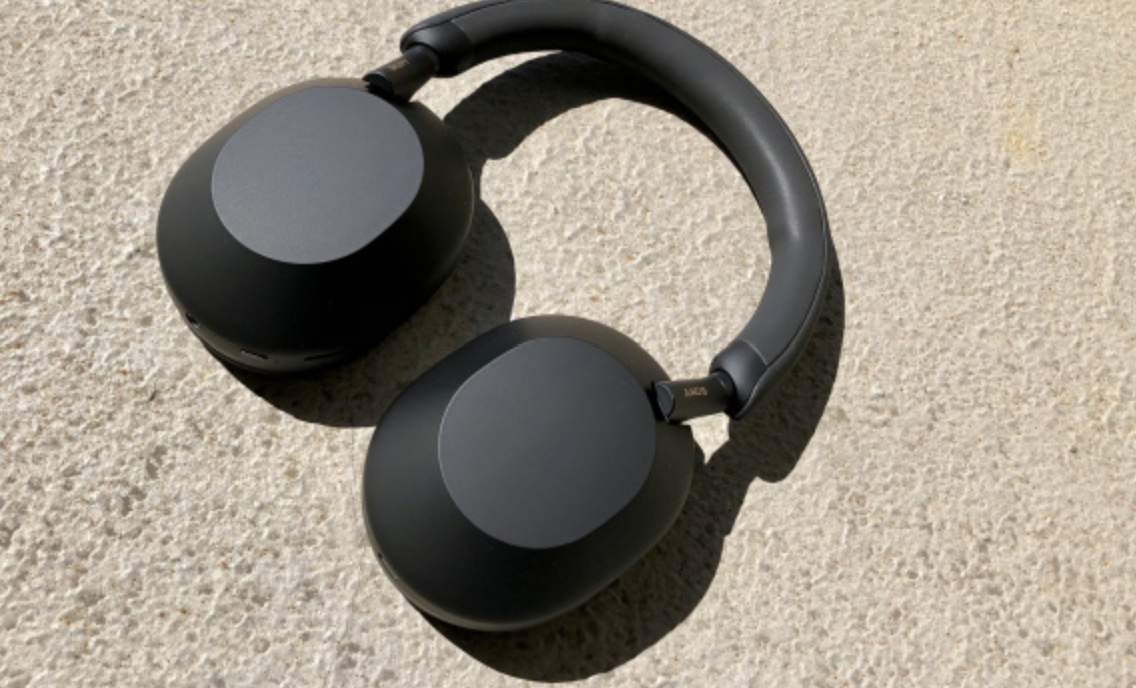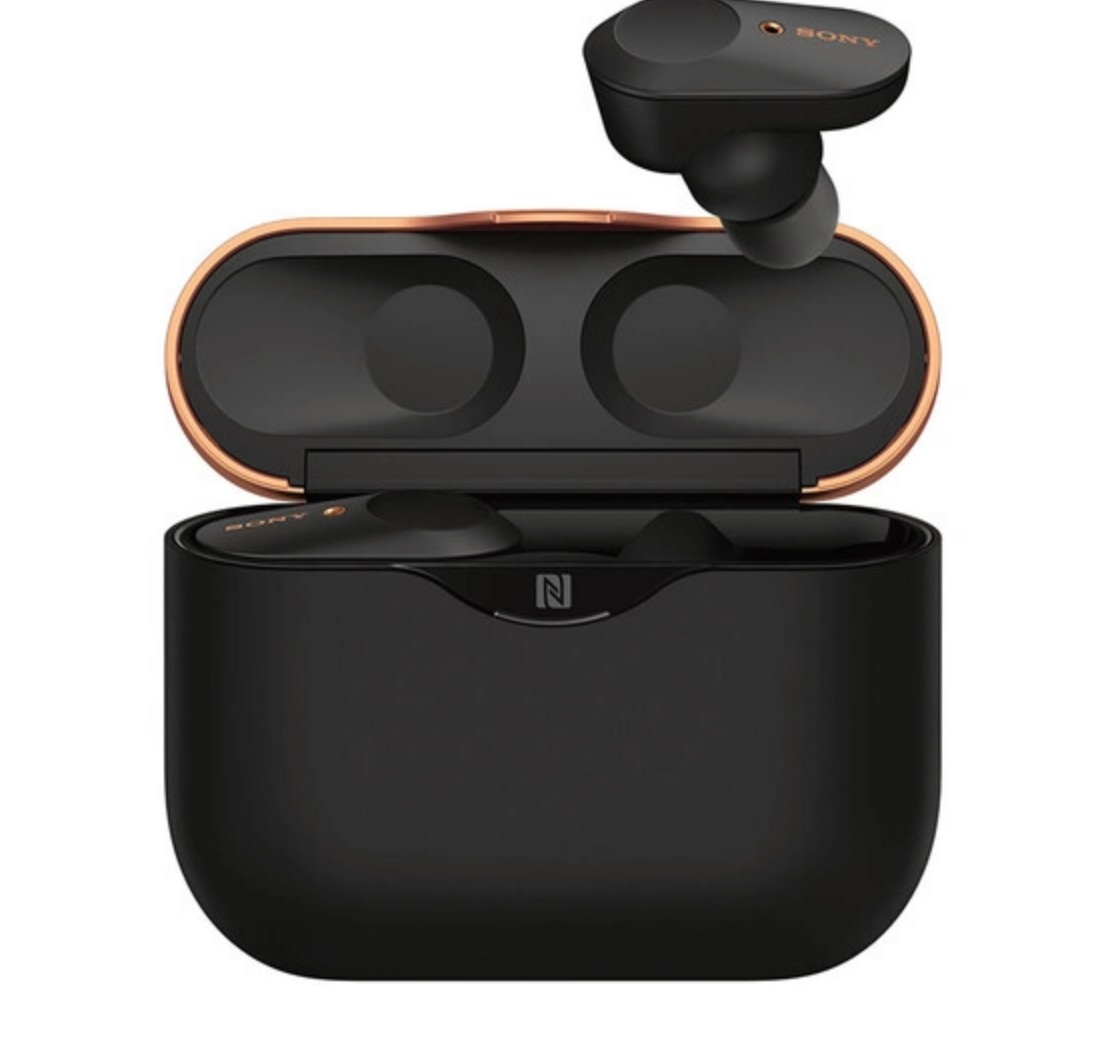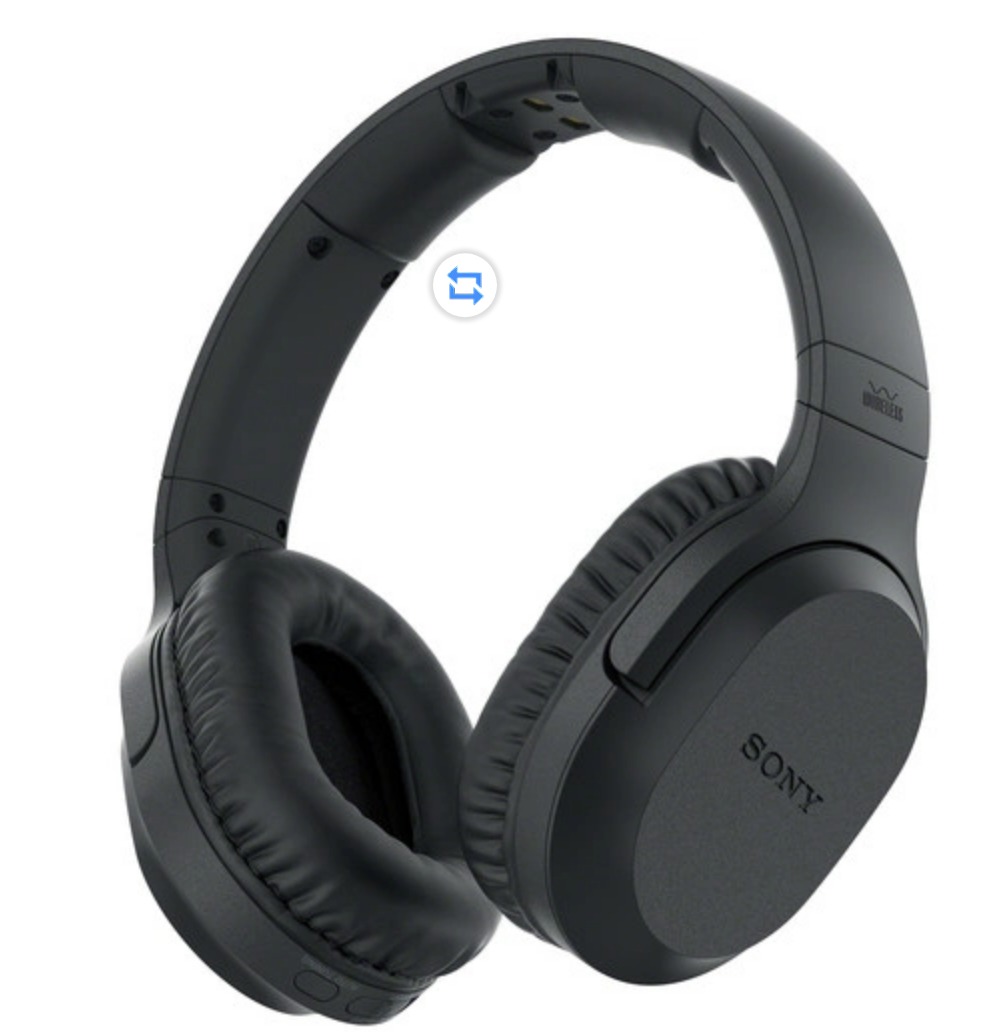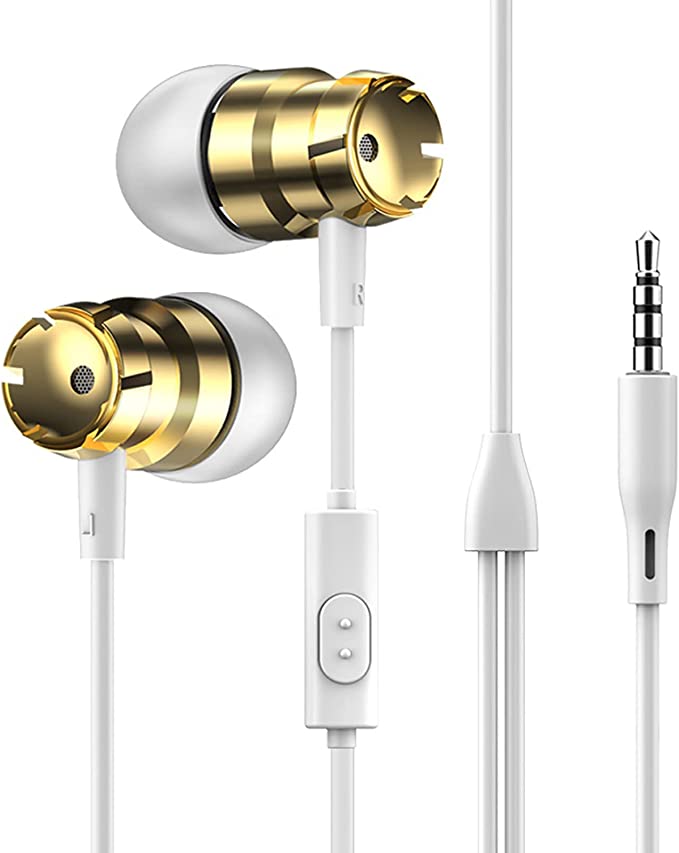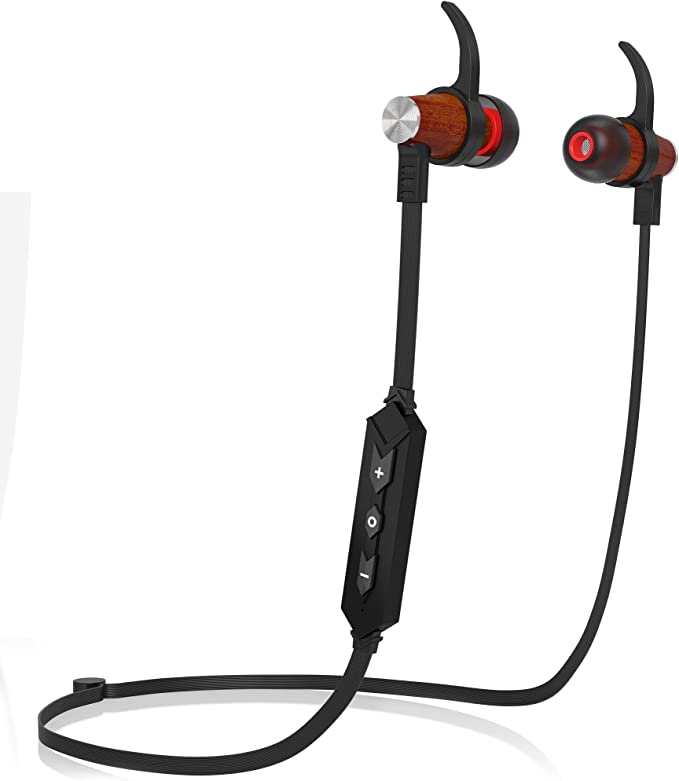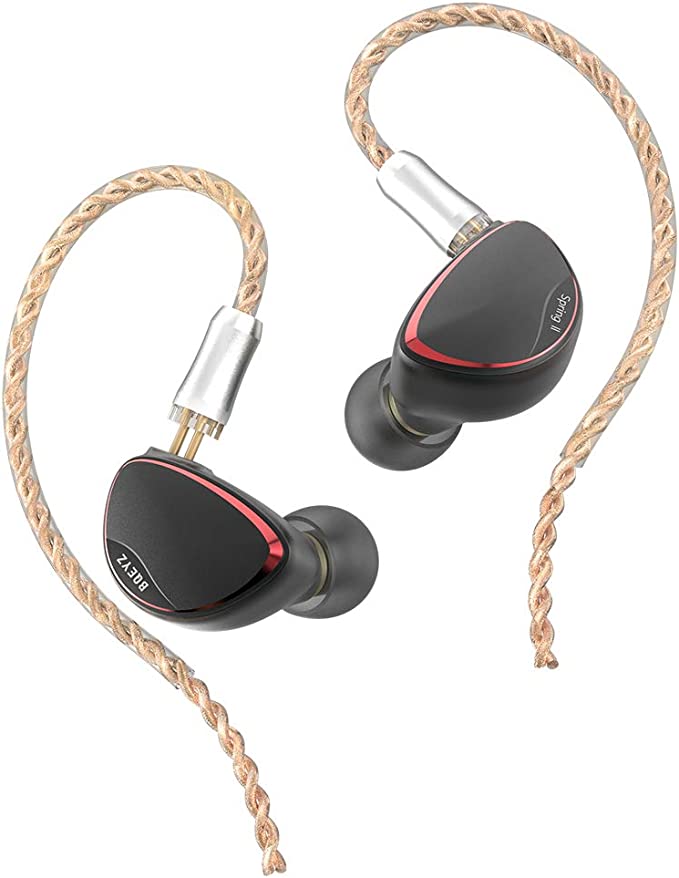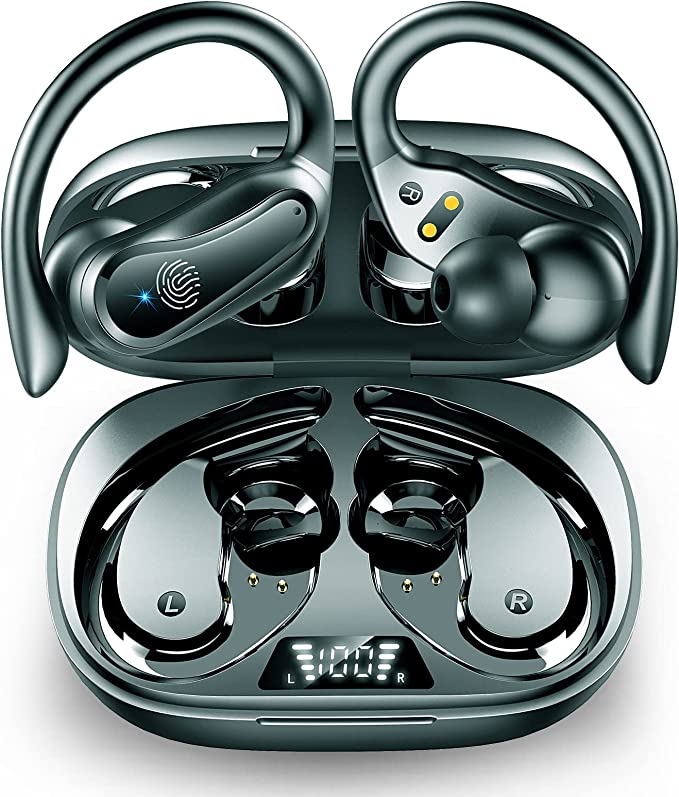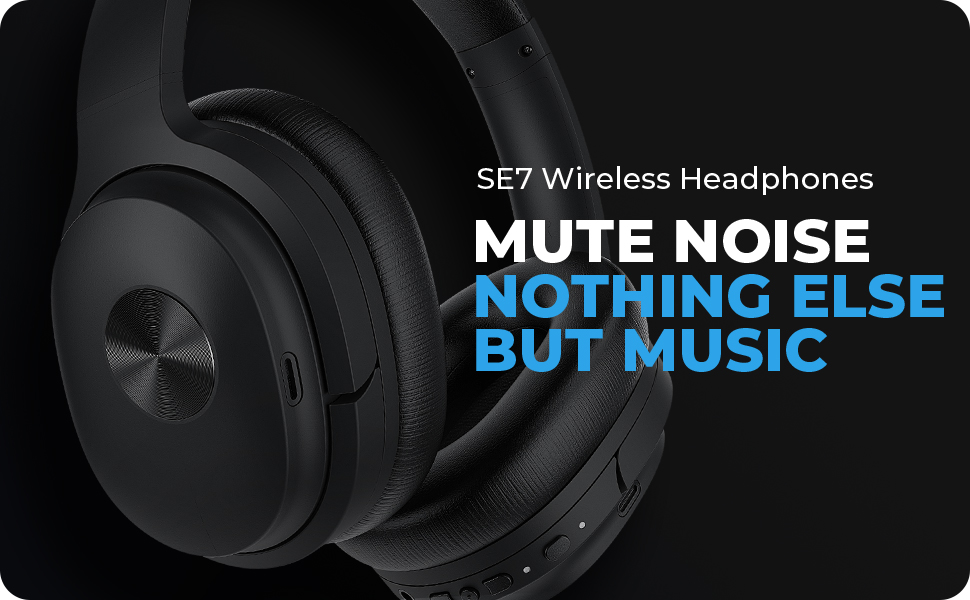Audiovance Euphony 501 Wireless Earbuds – The Affordable Noise-Cancelling Earbuds That Packs A Punch
Update on Aug. 5, 2025, 10:13 a.m.
Our world is saturated with sound. It is a constant, unwanted symphony of humming refrigerators, rumbling traffic, and the ceaseless chatter of open-plan offices. This pervasive acoustic fog does more than just annoy; it chips away at our focus, drains our mental energy, and puts a veil between us and the audio we choose to enjoy. To escape it, we often reach for a pair of earbuds. But the tranquility offered by the best of them is not magic. It is the remarkable culmination of a century-old idea and the precise application of fundamental physics, a story elegantly embodied in devices like the Audiovance Euphony 501 Wireless Earbuds.
To understand how silence can be engineered, we must first understand sound itself. At its most basic, sound is a vibration, a pressure wave rippling through the air. Like waves on a pond, these waves have peaks and troughs. Their frequency determines the pitch we hear, and their amplitude determines the volume. For most of history, our only defense against unwanted sound was to build thicker walls—a brute-force approach. But what if, instead of blocking the wave, you could erase it entirely?

The Elegant Physics of Nothing: Destructive Interference
This is the beautiful, almost counterintuitive principle at the heart of Active Noise Cancellation (ANC). Imagine those two waves on a pond again. If the peak of one wave meets the trough of an identical, opposing wave, they perfectly cancel each other out. The water becomes still. This phenomenon is called destructive interference, and it is the scientific core of the silence you experience.
Here’s how a modern earbud like the Euphony 501 acts as a master of this physical law. First, tiny, highly sensitive MEMS (Micro-Electro-Mechanical Systems) microphones on the outside of the earbud act as scouts, constantly “listening” to the ambient noise around you—particularly the constant, low-frequency drones of engines and fans. This captured soundwave is then instantly sent to a powerful Digital Signal Processor (DSP), the earbud’s brain. The DSP performs a single, critical task with incredible speed: it creates a perfect “anti-noise” signal, a new soundwave that is a precise mirror image of the original noise, 180 degrees out of phase. This anti-noise is then played through the earbud’s internal speaker. The two waves—the original noise and the engineered anti-noise—meet in your ear canal and, just like the ripples on the pond, annihilate each other. The result is not just muffled sound, but a profound reduction in perceived noise.
When a device claims up to 35 decibels (dB) of noise reduction, it’s a significant feat. The decibel scale is logarithmic, meaning a 10dB reduction is a halving of perceived loudness. A 35dB drop can transform the 65dB roar of a busy street into a 30dB whisper, creating a personal sanctuary for focus or an unblemished canvas for your music.

A Ninety-Year Echo: The Genesis of Active Noise Control
This brilliant idea is not a product of the 21st century. Its theoretical seed was planted in 1933, when German physicist Paul Lueg filed a patent for a method of canceling sound by inverting its phase. It was a revolutionary concept, but it was an idea far ahead of its time. The analogue electronics of the era were too slow, bulky, and imprecise to perform the instantaneous analysis and signal generation required. For nearly half a century, the patent remained a fascinating but impractical piece of theory.
The concept was reborn in the late 1970s and 80s, driven by the needs of the aviation industry to protect pilots’ hearing from deafening cockpit noise. Pioneers like Dr. Amar Bose developed the first commercially viable active noise reduction headsets. Yet, it was the microchip revolution that truly democratized the technology. The development of powerful, energy-efficient DSPs and miniature MEMS microphones finally made it possible to shrink this complex system into the tiny form factor of an earbud. The Euphony 501, therefore, isn’t just a gadget; it’s the inheritor of a ninety-year scientific quest, making a once-exclusive technology accessible to all.

Beyond Silence: Engineering the Perfect Call
The same hardware that creates silence for you can also be used to create clarity for others. This is the crucial difference between ANC and Environmental Noise Cancellation (ENC). While ANC focuses inward, protecting your ears from the world, ENC focuses outward, protecting your voice from the world for the benefit of whoever you’re speaking to.
The Euphony 501 employs a four-microphone array to achieve this. The system uses a process called beamforming, which acts like an acoustic spotlight. By comparing the time it takes for sound to reach each of the four microphones, the processor can determine the precise direction of your voice. It then digitally amplifies the sound from that “beam” while actively suppressing sounds arriving from other directions—be it wind, traffic, or cafe chatter. The result is that your voice is isolated and transmitted with remarkable clarity, a vital feature in an age of remote work and on-the-go communication.

The Art and Science of Sound Reproduction
Once a quiet stage has been set, the performance can begin. The quality of the audio you hear is determined by the earbuds’ drivers—the tiny speakers responsible for converting electrical signals back into sound waves. The Euphony 501 uses $\varnothing10\text{mm}$ Neodymium drivers. Neodymium is a powerful rare-earth magnet, and its high magnetic flux allows the driver’s diaphragm to be controlled with exceptional precision and speed. This translates into the ability to reproduce both the subtle nuances of a high-hat and the deep impact of a bass drum with accuracy.
However, hardware is only half the equation. Audiovance’s stated philosophy of pursuing a “pure sound” without “artificial strengthening” speaks to the art of acoustic tuning. Instead of an overly bass-heavy sound designed for immediate but fatiguing impact, the goal is a balanced, natural profile that faithfully represents the music as it was recorded. This entire experience is held together by the invisible lifeline of Bluetooth 5.2. This latest standard in wireless communication provides a more robust, stable connection, minimizing the frustrating dropouts and ensuring the audio data flows efficiently from your device to your ears.
Conclusion: Your Personal Acoustic Sanctuary
In your hands, a device like the Audiovance Euphony 501 is far more than a simple accessory. It is a pocket-sized marvel of applied physics, a testament to a long and fascinating history of innovation, and a powerful tool for navigating the modern world. By understanding the dance of destructive interference, the precision of digital signal processing, and the artistry of acoustic design, we gain a deeper appreciation for the technology we use every day. These earbuds represent the convergence of science and human need, offering a small, accessible piece of control over our environment. They provide an engineered sanctuary, allowing us to reclaim our focus, protect our hearing, and find our own personal silence in the heart of the noise.
